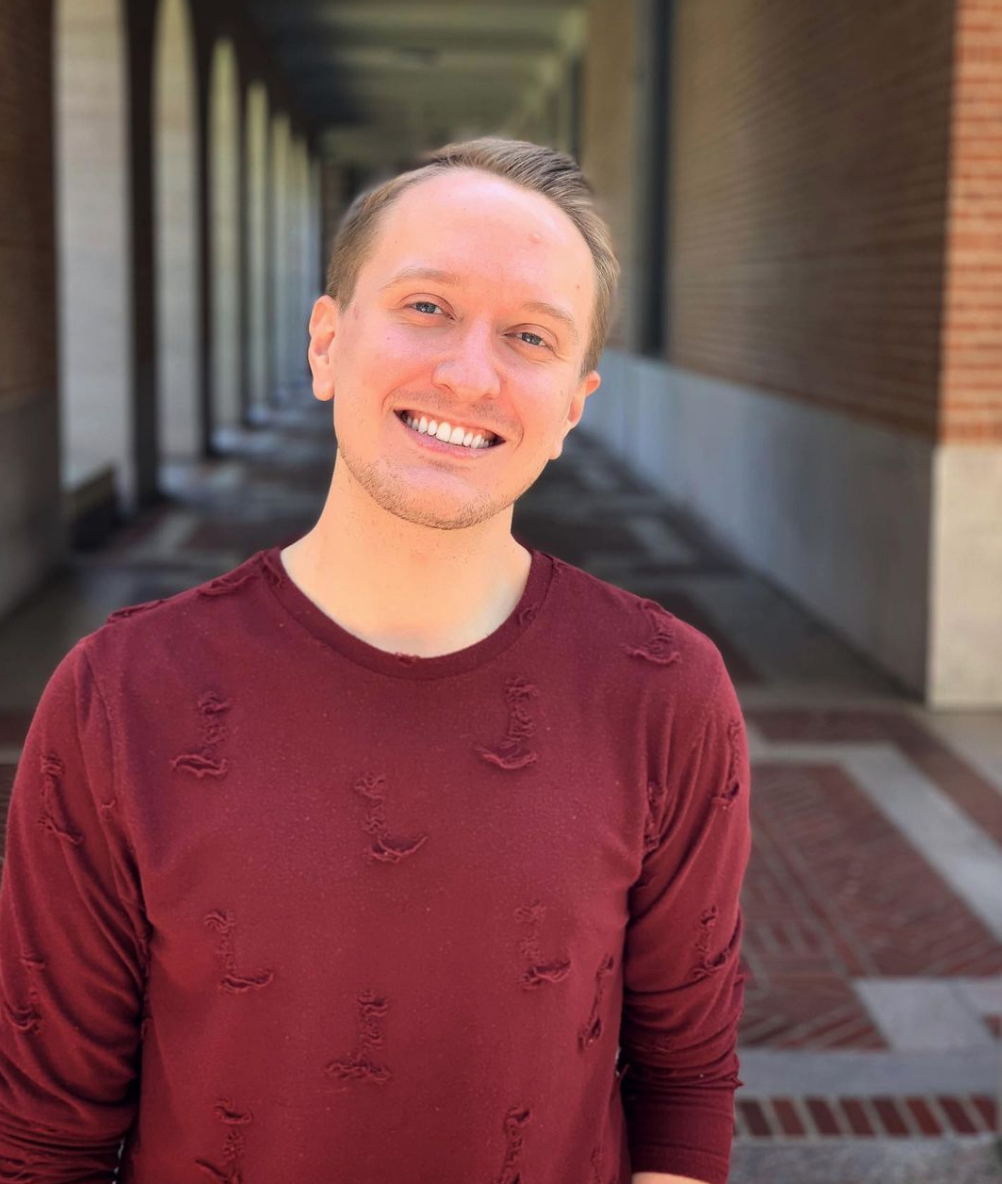Pediatricians Must Provide Safe Spaces, Help Prevent Trauma Among LGBTQIA Children

Michael Petrus-Jones, DO, MPH, MS
June 11, 2021
“Dr. PJ, are you a part of the community?” my teenage patient probed hesitantly.
“What community?” I asked, confused.
“The LGBT community!”
“Oh! Yes, yes I am. Thank you for asking!” I smiled.
My teenage patient had seen my rainbow pin and her face lit up. Her demeanor changed and her body language now told me that she felt she could trust me. She went on to tell me about her friend who identifies as transgender and how life has been extremely difficult for that friend in recent months.
In many patient encounters like this one, I have established a trusting relationship with my queer symbol -- the rainbow -- and a few warm words. This sets the stage for an entire therapeutic relationship grounded in trust and free from fear. Many times, it opens up the conversation and allows the patient to be forthcoming about personal issues that may affect their health without anxiety about rejection or judgment.
I am a gay, cisgender man who is also a pediatrician and I pride myself in being an active and committed member of the queer community. June is Pride Month, a time when the queer (or LGBTQIA) community celebrates the vibrant diversity within our culture and the bravery that we each possess in living as our true selves. During this month, we also take the time to stand in solidarity with our friends and family who don’t feel safe enough to present their true identity to the world.
“By empowering my patients to be confident in their own personal identities, I try to engender the spirit of Pride Month in all of my encounters.”
I openly admit that I do not know what it is like to identify as transgender, but I do make every effort to support and empathize with those in the queer community that do. That’s what Pride Month is about: celebrating our individuality in a way that brings us together as a community.
As a child and teenager, I didn’t have a physician with whom I felt safe enough to disclose private aspects of my true self. I made a concerted effort to avoid acting or sounding in ways that could be interpreted as “gay” in encounters with others, including with my pediatrician. Having experienced the trauma associated with bullying and discrimination based on personal characteristics that didn’t fit the “norm” for a boy my own age, I learned to hide those aspects of myself from other children and from adults in positions of power.
Children learn very early on what is and isn’t acceptable behavior based on their interactions with peers and adults. They shape their public self in a way that minimizes discomfort, and, in this way, it becomes normalized to hide personal identities that don’t conform with social norms. Identities like being gay or transgender, or even straying from “typical” gender play, are discouraged and children learn to suppress those feelings and behaviors to fit with the social norms that are being reinforced.
Because I did not feel comfortable exploring my attraction to other boys or expressing myself in ways that didn’t fit with the typical “boy” norms, I refused to reveal to anyone that I identify as gay, even through high school. By the end of high school, I was forced to “come out” and reveal my sexual orientation to my family because I was threatened by a third party with blackmail. This was such a traumatic experience that it influenced my social and emotional development into my college years.
We, as pediatricians, have a responsibility to help prevent trauma in our patients’ lives. We know that toxic stress and childhood trauma have significant effects on health throughout people’s lives. Had I encountered an adult in a position of power, such as my pediatrician, who normalized my feelings or made it clear that all aspects of gender play and exploring sexuality are acceptable, then I might not have had to endure that trauma. Similarly, I might not have had to endure the trauma incurred by other children, who acted from their own lived experience at home and in school.
One of my goals as a pediatrician is to minimize the trauma endured by my patients. By wearing a rainbow, asking pronouns, and normalizing all sexual and gender identities, I know that I play a part in reducing the lifetime trauma experienced by some. Being proud of myself and embracing my own strengths and unique characteristics have helped me to work through and overcome my own trauma.
The queer community equipped me with that pride and strength, and I am reinvigorated every year to lean into my own individuality as a queer person during the month of June. By empowering my patients to be confident in their own personal identities, I try to engender the spirit of Pride Month in all of my encounters.
Although Pride Month only occurs once a year, we can extend the sense of belonging, the confidence, the beauty of Pride throughout the year. We can provide a safe space for all of our children to feel proud of who they truly are and help our queer children to grow into confident, well-adjusted, and beautiful adults.
*The views expressed in this article are those of the author, and not necessarily those of the American Academy of Pediatrics.
About the Author
Michael Petrus-Jones, DO, MPH, MS
Michael Petrus-Jones, DO, MPH, MS, is a resident pediatrician at Baylor College of Medicine and Texas Children’s Hospital in Houston, Texas. He tweets @dr_michael_pj and his personal blog can be found at doctor-pj.com.